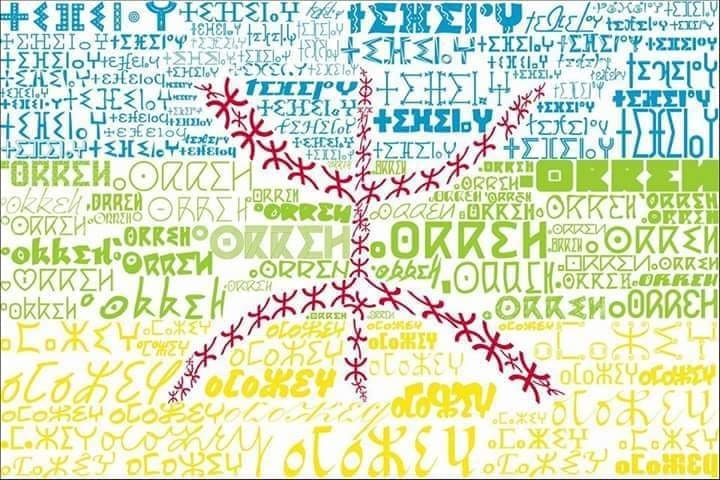The relationship between Amazigh and Islam

The purpose of returning to this new, old topic is not to come up with new ideas as much as it is to contribute to removing the intentional or unintentional confusion surrounding the discourse on “the relationship between Amazigh and Islam”...
False equation
The first thing that should be done in this regard is to uncover the bad faith behind the invention of this duality itself. Putting a language and culture in front of a religion is a procedure that involves a hidden intention to suggest that we are dealing with two religions: the religion of Islam and the religion of the Amazigh! Then say: “The Amazigh religion” is a threat to the religion of Islam! Thus, it becomes clear that establishing this two-polar equation suggests, even before going into the details of the type of relationship between them, that the matter is related to two entities of the same nature. Therefore, the relationship between them can only be one of competition, and perhaps contradiction.
This false equation has become so widespread in the sermons of “sheikhs” and “preachers” and in the comments of the pioneers of the virtual world that it has acquired the status of self-evident. This, even though no one talks about “the relationship between Persian and Islam,” nor “the relationship between Turkish and Islam,” nor “the relationship between Indonesian and Islam,” nor even “the relationship between French, English, or Chinese... and Islam”!

As I mentioned, singling out the Amazigh language with this false equation has a malicious intention on the part of its authors and promoters. On the one hand, it is to differentiate between the bearers of the Amazigh language and culture themselves by creating a conflict between “Muslims” and “Muslims”, on the one hand; On the other hand, inciting the public against defenders of the Amazigh identity by presenting them as enemies of Islam.
The relationship between Amazigh and Islam
I put the phrase in quotation marks to indicate that I am only adopting it for the sake of argument. The answer to the question: What is the relationship between Islam and Amazigh? Him: There is no relationship between them! The first is a religion, a universal religion, and the second is the identity of a people (civilisation, culture, language, linked to a land). These people are Imazighen, since they were, and whatever their religions and sects were in the past, present and future.
Now that we have placed this self-evident axiom on the ruins of the false axiom that makes Islam and Amazigh the two poles of an equation based on incompatibility under the pretext of their sharing of nature and species - now, what is the relationship between Islam as a universal religion and Amazigh as a language, value system and identity of a people? I will not repeat here the statement: The Amazighs were the ones who carried the banner of Islam in the Islamic West, protected the borders, confronted the Crusades, and spread Islam in Africa...; And that the Amazigh language was a tool for communicating the principles and rituals of the Islamic religion to the Amazigh throughout the ages... All of this is known and circulated; But by recalling these facts, I want to ask those Amazigh people who are working to create a relationship of opposition and contradiction between Islam as a religion and the Amazigh language according to the aforementioned definition: What prevents them from following the path followed by the Amazigh scholars, jurists, and previous preachers in spreading the principles of religion, its values, its rituals, and its texts among the Amazigh-speaking public? ? Were their predecessors, jurists and preachers, more religious and less knowledgeable about religion?! The truth that today’s “sheikhs” and “preachers” who are fanatical about Arabic against the Amazigh language hide is that they are an Islamized version of the Arab nationalists, either consciously, as an ideological choice, or unconsciously, as a result of the control of the thought of the Arab nationalist movement over education and the media after independence.

One wonders with amazement: What theory of communication do these young or less young preachers rely on when they address their sermons to an Amazigh audience in the language of the poets of the Abbasid era? Is the intention to convey messages or to create a distance of strangeness, with the associated reverence for the person of the orator, as a monopolist of symbolic capital that distinguishes him from the audience, from whom the status of an active recipient has been taken away due to the language barrier, turning into a passive mass waiting wearily for the articulate orator to finish his linguistic exercise?
Source : websites

